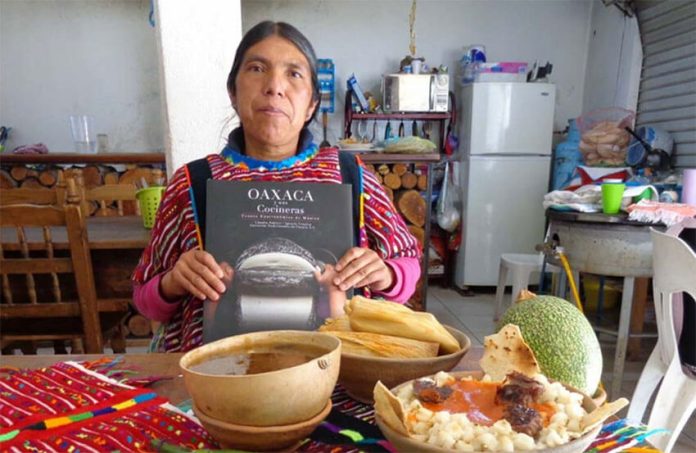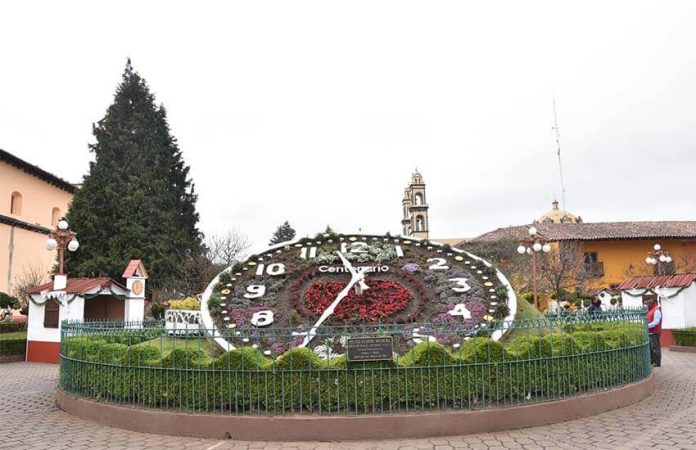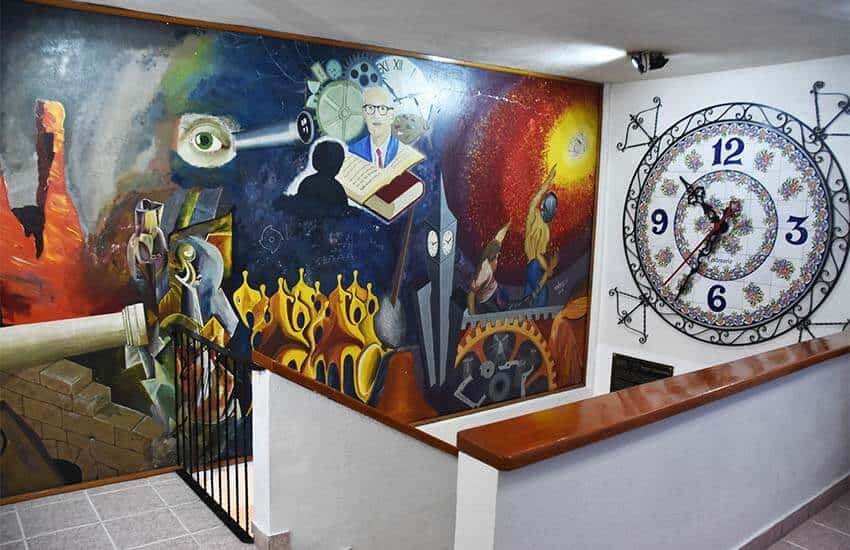Many tourists who visit Mexico City look for restaurants with classic Mexican cuisine, places like El Cardenal or Nico’s, or if they are less purist, contemporary Mexican like Maximo Bistrot or Quintonil. But visiting the capital doesn’t always have to mean tortillas and chiles, especially if you already live somewhere else in Mexico and already eat great Mexican food there.
Mexico City has some great stalwart world cuisine restaurants, with new ones popping up all the time, each adding their own spice to the food scene. You might be surprised at what you can find in this city to feed your craving for cuisine beyond Mexico’s borders.
For a taste of the old country, perennial favorite Kolobok has heavenly homemade borscht and Russian black bread at its family-friendly location in St. Maria de Ribera, just outside of the historic center. There’s also Polish experts Specia in the Condesa neighborhood, with its black vested waiters, steaming Strogonoff and the boiled, stuffed cabbage dish golabki.
Italian-Mexican restaurants like Rosetta and Sartoria offer a little Old World and a little New, blending handmade pasta with huitlacoche and chile de árbol in fine dining settings. Both have permanent slots on the best eating lists for Mexico City.

Craving Middle Eastern cuisine? One of my favorite new additions to the foodscape is Pat Patz, created by the affable and award-winning chef Mijael Seidel, a local native who fell in love with Middle Eastern cooking while living in New York in the 1990s. His dishes pop with flavor, thanks to his sensibility for acid, salt, and citrus, but they are faithful enough to traditional recipes. Your craving for falafel, hummus or eggplant schnitzel (a fusion dish) will be more than satisfied.
Al Andulus is a more traditional option for Middle Eastern fare, in one of the city’s most iconic buildings in the section of the historic center that was once home to the city’s thriving Lebanese population.
A former pop-up in the working-class neighborhood of Doctores, Korean restaurant Dooriban now has a commanding location in the Roma neighborhood, on the corner of Jalapa and Tabasco streets. In the kitchen you’ll find Ju Hee Park — or Mama Park, as she is called — making her homemade kimchi, kimchi fried rice, spicy chicken wings with gochujang sauce and Korean liquors.
Bao Bao, a Taiwanese restaurant that opened right before the pandemic in 2019, makes a delicious variety of traditional steamed bun sandwiches and a heavenly beef soup that takes something like 16 hours to make.
Roma’s Galanga has been around for a while and is still a star: it was the first Thai restaurant to rise to gourmet status, offering crowd-pleasing pad thai and authentic curries of all stripes in a chic setting inside an old Mansion.
Makan arrived with Singaporean food in 2020, led by husband-wife team Maryann and Mario. Maryann hails from Singapore, and while I’m no expert on Singaporean fare, her pickled veggies with sambal and the marinated duck with noodles that are made in-house are to die for. The location isn’t too shabby either, centered around an intimate terrace on Querétaro street.
For some delicious Asian fusion, head to Cariñito, a tiny place in Roma Norte with only five different tacos on the menu, four made with pork belly and one with the most perfectly cooked eggplant. Each taco preparation is in homage to a different Asian flavor profile, and one, the criollo, is a slight nod to chifa (Chinese-Peruvian) food in Peru.
The Cantonese taco is pork belly with hoisin sauce, siracha made onsite and pickled veggies. The Thai taco — made with pork or eggplant — has Jim Jaew sauce with tamarind and fresh basil. Each is a perfectly balanced flavor explosion.

For an extra-hip vibe, stop by Roma’s Choza on the weekends (the only time they’re open) — which mixes and matches Thai influences, with sticky coconut rice, green mango salad, a whole fried fish and shots of small-batch Mexican mezcal. Hidden away behind a door without a sign, you have to be in the know to find this place, but once you do, you’re in for a delicious weekend feast al fresco on their upstairs patio.
Pandemic-born Lonchería Suvai, captained by Malini Shreedharan, was formerly delivery only, but now they have a tiny lunch spot in the Narvarte neighborhood. The South Indian dishes that make up the majority of the menu are the best Indian food in Mexico City. A tiny hole in the wall, their diner is open just for lunch and so reasonably priced that I want to eat there every day.
Masala y Maiz, which has been thrilling palates in the city since 2018, now has a location in the Juárez neighborhood. It combines Indian cuisine’s delights with Mexican ingredients and flair. Their crunchy Kuku Poussin is a twice-fried half chicken whose decadently rich side of melted ghee is balanced by a raw watermelon, jicama and grapefruit salad sprinkled with black sesame seeds. And the crinkly samosas filled with suadero (confit-style beef) have the perfect amount of tamarind and mint drizzled on top.
And for expats from the United States looking for a taste of the American South, the American Legion in Condesa has reopened post-COVID with a new southern-barbecue-focused specials list (full disclosure, I haven’t been there to try it yet) that includes things like brisket sandwiches and pulled pork. There’s also always Pinche Gringo BBQ, another longtime favorite for pulled pork or brisket and some downhome sides. For east coasters, a new New York-style deli is set to open up in the next few months in Roma, so stay tuned for news on that.
Obviously, this is just a partial list. There are so many places in Mexico City for a taste of great world cuisine, but this will give you a good start if you seek more than tacos and moles in the metropolis.
Lydia Carey is a freelance writer and translator based out of Mexico City. She has been published widely both online and in print, writing about Mexico for over a decade. She lives a double life as a local tour guide and is the author of Mexico City Streets: La Roma. Follow her urban adventures on Instagram and see more of her work at www.mexicocitystreets.com.


















